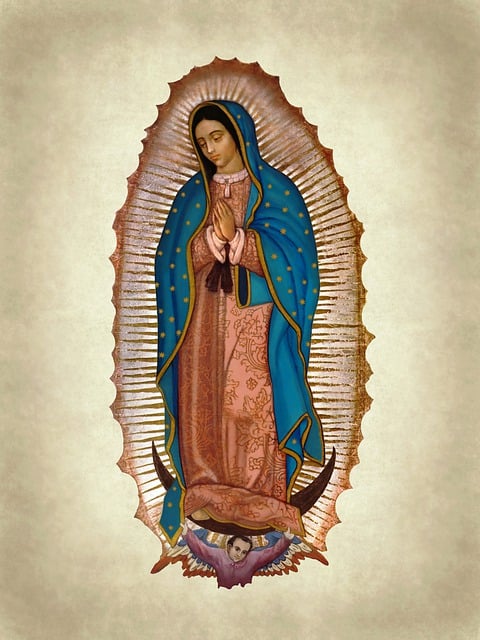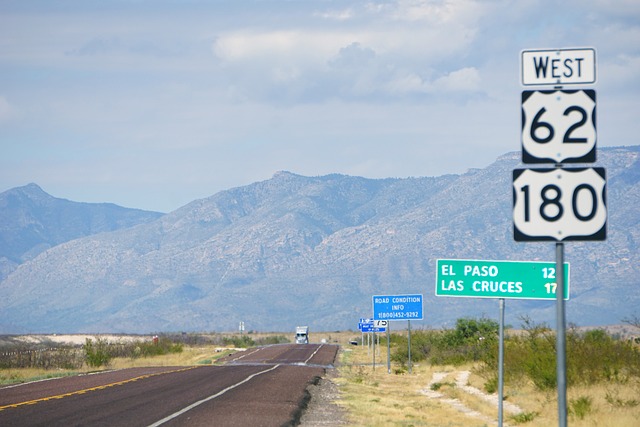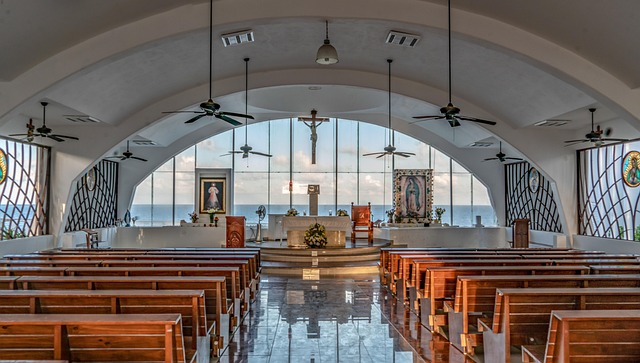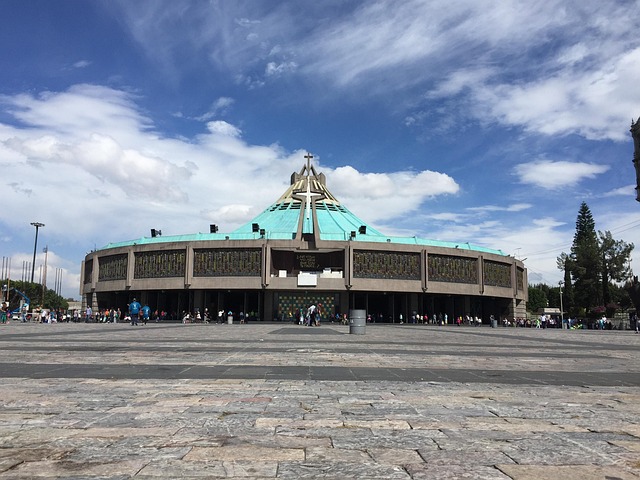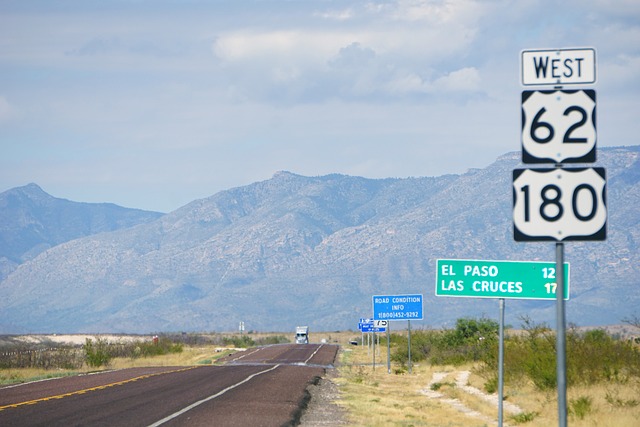Cultural festivals, facilitated by real estate venues, bring diverse societies together through vibrant displays of native traditions and dances. These global gatherings showcase unique community histories and foster understanding with colorful costumes, music, and performances that transcend geographical divides. By participating, communities preserve cultural roots, strengthen social bonds, and ensure heritage preservation across generations.
“Discover a world where vibrant colors and captivating native dances intertwine during global festivals. In this article, we embark on a visual journey through bustling celebrations, exploring the profound impact of color in cultural traditions. From vivid costumes to expressive routines, these festivals serve as a real estate for communities to preserve and showcase their unique heritage. Join us as we delve into the significance of these events, highlighting how they bring people together while preserving invaluable cultural legacies.”
Global Celebration of Culture: Unveiling the Spectacle of Native Dances

In today’s globalized world, colorful festivals celebrating native cultures and dances have become a vibrant testament to the diverse tapestry of our societies. These events transcend geographical boundaries, bringing together folks from different corners of the earth to share their unique traditions and heritage. Real estate may play a significant role in hosting these spectacular gatherings, with venues offering the perfect stage for showcasing indigenous art forms. From bustling metropolis to remote villages, each location adds its own enigma and charm to the festival experience.
The spectacle of native dances is not merely an entertainment; it’s a crucible where history, stories, and emotions come alive through intricate moves and rhythmic beats. These performances often whisper tales of ancient civilizations, their struggles, triumphs, and profound connection to land. As these festivals gain popularity worldwide, they foster cultural exchange, enhance understanding, and preserve indigenous art for future generations, making them a true celebration of humanity’s shared heritage.
The Role of Color in Festival Traditions: A Visual Journey
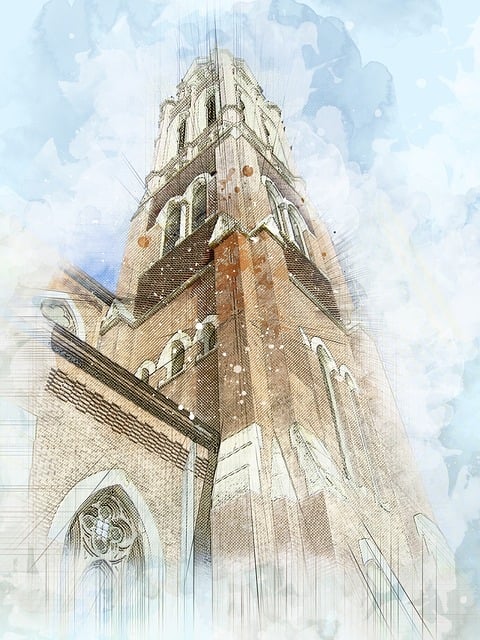
Color plays a pivotal role in festival traditions, creating a visual spectacle that captivates both locals and visitors alike. Festivals showcasing native dances are a vibrant testament to cultural heritage, where hues become a means of storytelling and expression. Each color carries symbolic significance, often reflecting the diverse beliefs and narratives woven into the fabric of these celebrations. From the energetic red symbolizing passion and strength to the soothing blue representing peace and tranquility, every shade contributes to the rich tapestry of festival traditions.
In these vibrant gatherings, dancers adorned in intricately designed costumes become living canvases, displaying a kaleidoscopic array of colors. These costumes, often handmade with meticulous detail, not only enhance the visual appeal but also serve as a gateway into the spiritual and historical realm of the community. The real estate of color extends beyond physical spaces; it occupies every inch of fabric, every vibrant stroke of makeup, and every dynamic movement on stage, creating an immersive experience that transcends geographical boundaries.
Community Bonding and Preservation: Festivals as Real Estate for Cultural Heritage

Festivals celebrating native dances serve as a powerful medium for community bonding and the preservation of cultural heritage. These vibrant events act as a real estate—a space where communities come together to showcase their rich traditions, stories, and histories. Through colorful costumes, rhythmic music, and energetic performances, festivals become a tangible representation of a collective identity.
By participating in these festivities, members of the community are not only preserving their cultural roots but also fostering a sense of belonging. The shared experience of watching or taking part in native dances strengthens social bonds, creating a unique atmosphere that transcends everyday life. Moreover, festivals offer an opportunity to pass down traditions from one generation to the next, ensuring that cultural heritage remains alive and thriving within the community.
